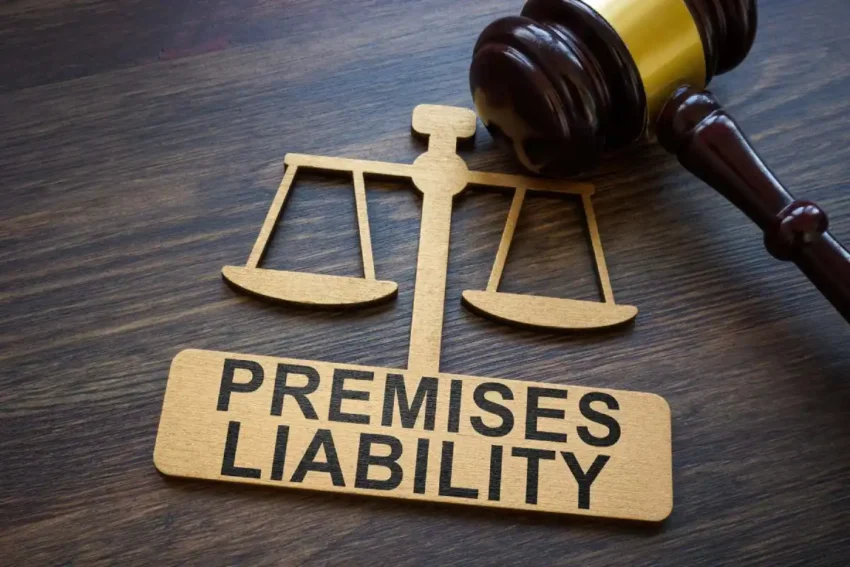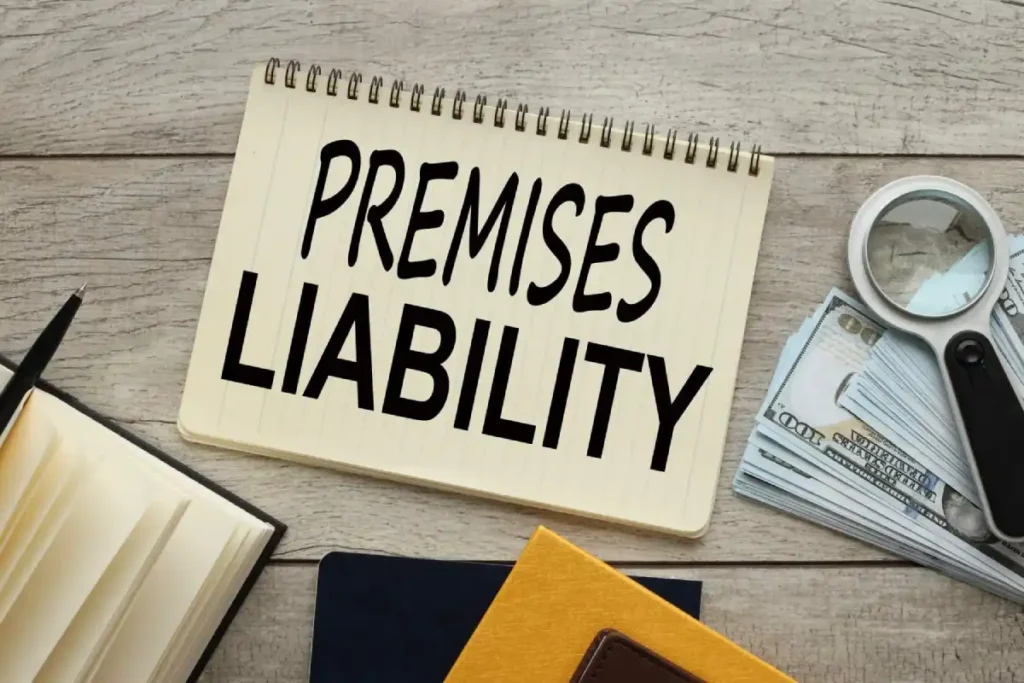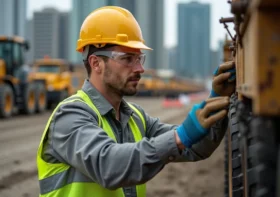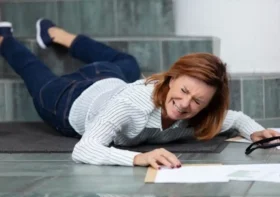Premises Liability Settlements: A Guide For Property Owners

Property ownership brings with it a significant legal responsibility to ensure the safety of individuals who enter the premises. A failure to uphold this duty can lead to incidents causing injury, which in turn may result in costly premises liability claims. Understanding the fundamentals of these claims, the factors that influence their outcomes, and the strategic steps involved in settling is crucial for any property owner, manager, or landlord. Proactive management and informed decision-making can significantly mitigate financial and reputational risk.
This guide provides an overview of the premises liability settlement process from the perspective of a property owner facing a claim.
Contents
Understanding Premises Liability
At its core, premises liability is a legal concept that makes individuals, such as property owners and occupiers liable for accidents that happen in their property due to hazardous conditions. The law requires property owners to exercise a reasonable standard of care in keeping their premises safe and to warn visitors of any known hazards. However, the specific duty owed typically depends on the status of the visitor, such as the following:
- Invitees: These are persons invited onto the property for a legitimate business purpose, such as customers in a store or clients in an office. The highest duty of care is owed to invitees, requiring the owner to inspect the property for hidden dangers regularly and to remedy them.
- Licensees: These are social guests who have permission to be on the property but are there for their own purposes. The owner must warn licensees of any known, non-obvious dangers.
- Trespassers: These are individuals who enter the property without permission. Generally, the duty is minimal, typically only to refrain from willfully or wantonly injuring them.
On the other hand, some common scenarios that lead to premises liability claims include slips and falls on wet floors, trips over uneven pavement, injuries from poor lighting in parking lots, dog bites, and accidents in swimming pools. When an injury occurs, the claimant must generally prove that the property owner knew or should have known about the hazardous condition and failed to address it promptly.
In such complex situations, consulting with an experienced premises liability lawyer in Chicago or similar locations can be a critical step for a property owner to understand their legal position and mount a robust defense.
Key Factors Influencing Settlement Value
The value of a premises liability settlement is calculated based on a combination of factors that insurers and legal teams carefully evaluate. Understanding the following components can help property owners comprehend the potential exposure:
Severity of the Injury
This is often the most significant factor. Catastrophic injuries such as traumatic brain injury, spinal cord damage, or multiple fractures can result in substantially higher medical costs, long-term care needs, and greater non-economic damages like pain and suffering.
Liability and Negligence
How clear is it that the property owner was at fault? If there’s compelling evidence that the owner was aware of a recurring leak that caused a slip-and-fall and did nothing, liability is strong. Conversely, if a claimant was running in a clearly marked “wet floor” area, comparative negligence may reduce the owner’s liability.
Economic Damages
These are the tangible, calculable financial losses incurred by the injured party. They include past and future medical expenses, lost wages, loss of future earning capacity, and property damage. Meticulous documentation of these costs can form the backbone of the claimant’s demand.
Non-Economic Damages
These are more subjective losses, including physical pain, emotional distress, mental anguish, and loss of enjoyment of life. While harder to quantify, they can represent a substantial portion of many settlements, especially in cases of severe injury.
The Impact of Local Laws
State laws governing comparative fault and damage caps can dramatically affect settlement amounts. In some jurisdictions, if a claimant is found to be more than 50% at fault for their own injury, they may be barred from recovery entirely.
The Settlement Process: A Step-by-Step Overview

The path to a settlement is typically a structured negotiation, not an immediate court battle. The step-by-step procedure includes:
Incident and Investigation
Immediately after an incident is reported, the property owner should secure the area, document the scene with photographs and videos, and gather contact information from any witnesses who are present. This evidence is vital for the insurer’s investigation.
The Claim and Insurance Notification
The injured party, often through an attorney, will submit a formal demand letter to the property owner or their insurance company. This letter outlines the facts of the case, the alleged negligence, the injuries sustained, and the monetary damages being sought.
Negotiation
The insurance company’s claims adjuster will review the demand and evidence and typically respond with a counteroffer. This begins a back-and-forth negotiation process. Both sides can present their arguments regarding liability and the valuation of damages.
Mediation
If direct negotiation reaches an impasse, the parties may agree to mediation. A neutral third-party mediator can facilitate a discussion to help both sides find common ground and reach a voluntary settlement. Mediation is typically successful in resolving disputes without the expense and uncertainty of a trial.
Settlement and Release
Once a dollar amount is agreed upon, a formal settlement agreement is drafted. This legally binding contract requires the injured party to release the property owner from any further liability related to the incident in exchange for the settlement payment. The case is then closed.
Key Takeaways
The journey through the complexities of premises liability underscores a fundamental shift in perspective that’s essential for modern property ownership: moving from a reactive stance to a proactive strategy focused on prevention and preparedness. By keeping the information mentioned above in mind, property owners can better protect their assets and ensure a safer environment for everyone who steps onto their property.



